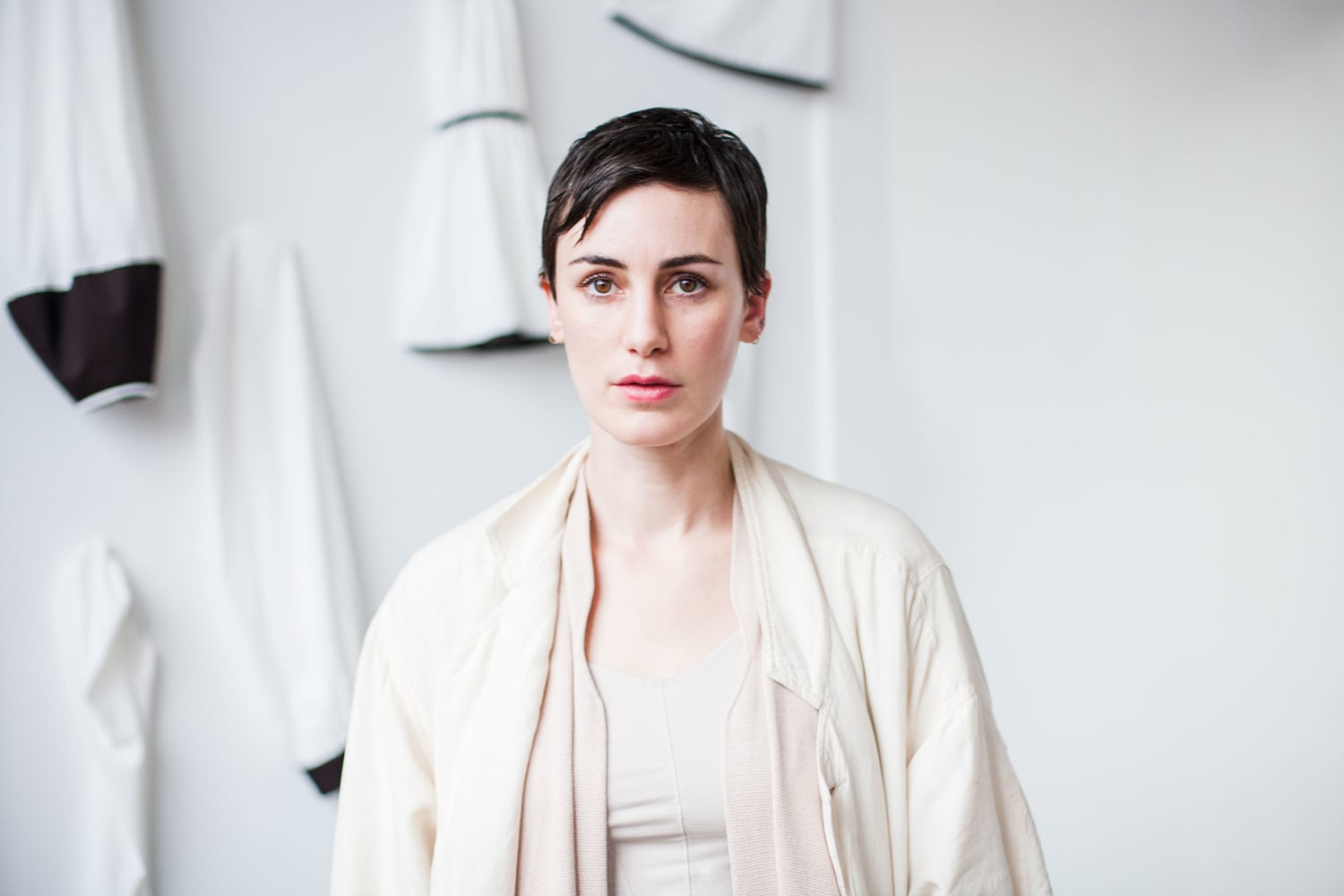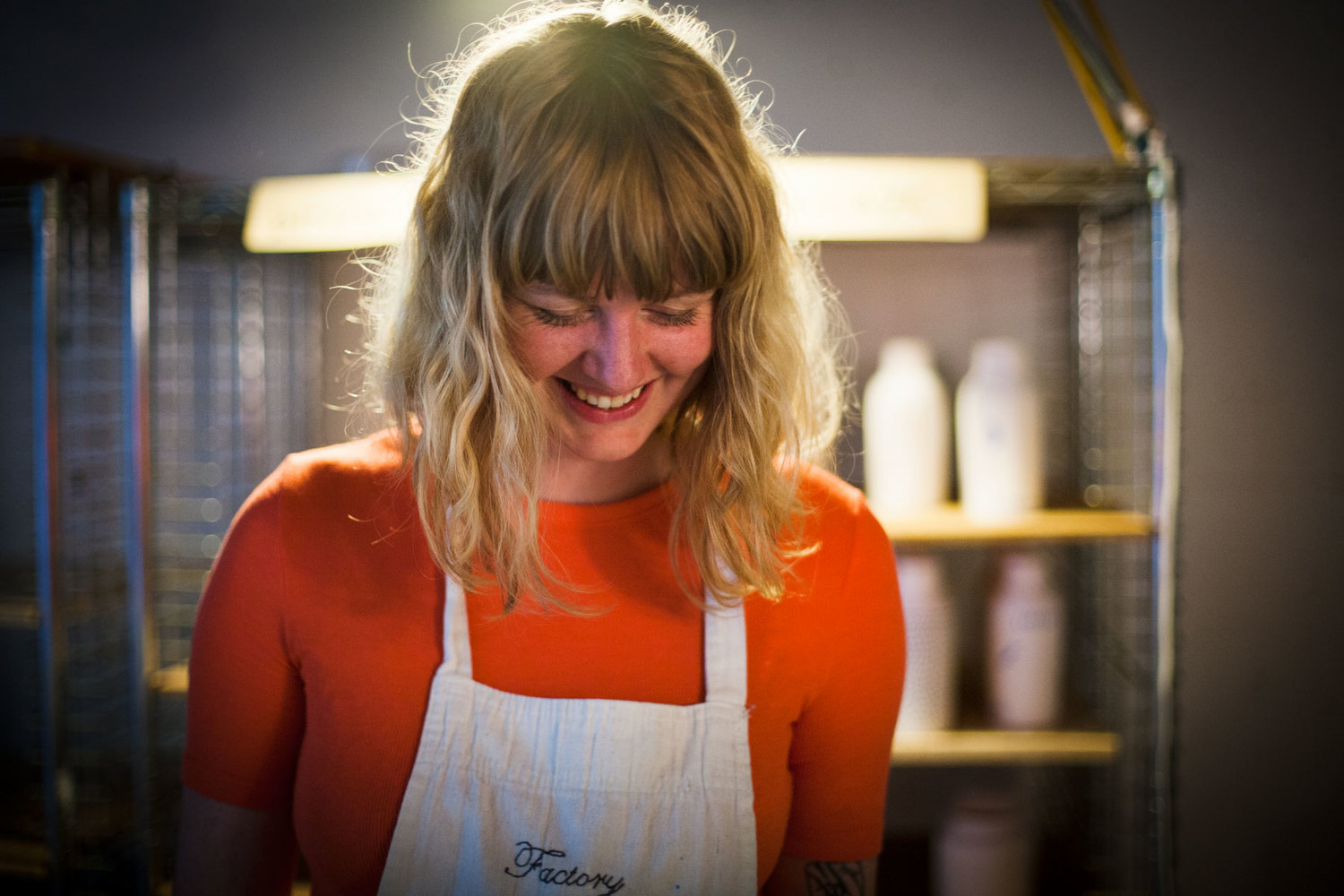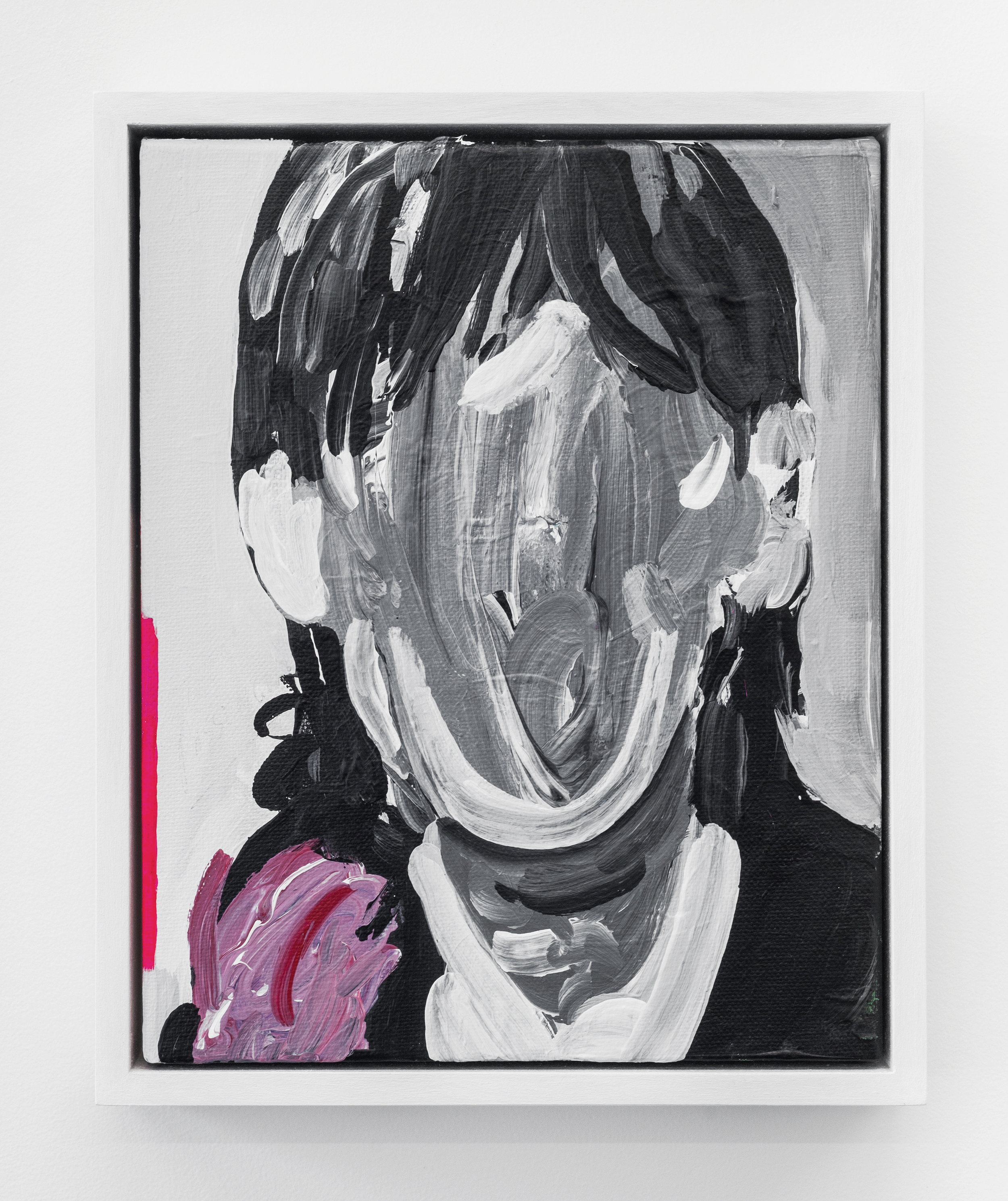Delaney Allen, Figure 1.6 (Self Portrait), 2016
DA: The importance of self-portraiture is huge in my approach to making. Dating back to when I was introduced to French auteur theory as an undergraduate studying film, I found issues with the amount of authority and collaboration in film and who, ultimately, could control aspects of the final product. I slowly began the shift away from filmmaking and towards photography, eventually settling on the mindset that self-portraiture, to me, is a truer form of individual art-making.
Who ultimately owns a photograph in regard to its finalized outcome? When considering portrait photography, does the truth lie on the sitter or the photographer, or does a combination lead to a partnership? Questioning these involvements within photography has been the root of how I fashion my practice, specifically in my handling of portraiture. With A R T I F A C T, the management of the sitter/photographer issue led the work to a slight blurring of lines when incorporating new approaches and techniques. Spending months scouring various fashion magazines, I amassed dozens of assorted aspects of the human body with the idea of assimilating them into the series. Ultimately building this fantasy-driven community from scratch using my frame as a template. With this unique approach, I retained control of the figure while allowing the slight, unveiled components to build individual portraits for the series.
As mentioned, with the presence and erasure of the artist, the concept of blending found imagery with self-portraiture granted the series the illusion of a society built out of the artist. If I explicitly used myself, my facial features in each portrait, A R T I F A C T would have suffered a limited narrative, failing to root the viewer in the environment. Purposely masking figures, incorporating others faces and collaging of images, allowed for a development within my particular history of self-portraiture.
GLL: Along with self-portraiture, the natural world is a consistent subject as well. At times they act as contrasting elements, and in other images they meet (specifically in Figure 1.1, Figure 1.3, Figure 1.14). What are your thoughts on how these different subjects coalesce in one body of work?
DA: It was predetermined while scouting and shooting to pursue and demonstrate, through scenery, the themes constructed around the series. The inclusion of the abstracted photographs mimic the shrouding apparent within the portrait work. Shot in Oregon, California, and Texas, images such as Figure 2.6 contribute to the collapsed frame, allowing for a disorientation apparent in the work. Although working in a more straight photography means, A R T I F A C T ’s abstracted landscapes place the viewer into the unfamiliar with slight, albeit abstruse, glimpses into the perceived world.
To a lesser degree, the series further recognizes the imaginative world through Figure 2.3 and Figure 2.11. The inclusion of these two images deliberately presents a broader look into nature, fighting against the disorientation of the other images and giving pause within the work. Each image, photographed in Utah and Wyoming, were investigated for their unworldly look, and ultimately implemented into the creation showcasing a more vast look into the perceived world.




































































